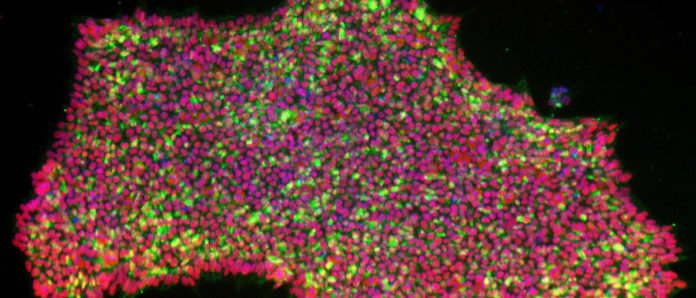Our bodies comprise of various sorts of cells, each with their own particular part. The Japanese researcher Shinya Yamanaka had made before the revelation, acquiring the Nobel Prize in 2012, that cells from adult skin can be changed over to cells typical of early embryos, supposed induced pluripotent stem cells (iPSC). This procedure is called reprogramming.
Up till now, reprogramming has just been conceivable by presenting the basic genes for the change, called Yamanaka factors, artificially into skin cells where they are not ordinarily active at all.
Now, for the time, scientists at the University of Helsinki, Finland in collaboration with Karolinska Institutet, Sweden, have successfully converted skin cells into pluripotent stem cells. They did this by activating the cell’s own genes.
For this, scientists used a method called gene editing technology – called CRISPRa – that can be directed to activate genes. The technique uses a blunted adaptation of the Cas9 ‘gene scissors’ that does not cut DNA and can in this way be utilized to initiate gene articulation without changing the genome.
Professor Timo Otonkoski at the University of Helsinki said, “CRISPR/Cas9 can be used to activate genes. This is an attractive possibility for cellular reprogramming because multiple genes can be targeted at the same time. Reprogramming based on activation of endogenous genes rather than overexpression of transgenes is also theoretically a more physiological way of controlling cell fate and may result in more normal cells. In this study, we show that it is possible to engineer a CRISPR activator system that allows robust reprogramming of iPSC.”
Professor Juha Kere at Karolinska Institutet and King’s College London said, “An important key for the success was also activating a critical genetic element that was earlier found to regulate the earliest steps of human embryo development after fertilization. Using this technology, pluripotent stem cells were obtained that resembled very closely typical early embryonal cells.”
Ph.D. student, MSc Jere Weltner said, “The technology may find practical use in biobanking and many other tissue technology applications. In addition, the study opens up new insights into the mechanisms controlling early embryonic gene activation.”
Scientists have published their study in the journal Nature Communications.
